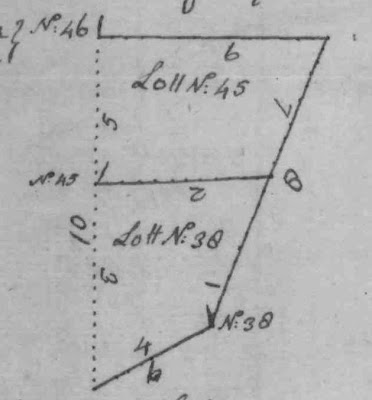
Archaeologists need to know a great deal about a wide array of often unrelated topics. There are four ways to keep up: attend conferences, read, read, and read. From time to time team members will write about what they have been reading. I have been catching up on a long-neglected part of my education: the American Civil War, particularly tactics and artifacts.
I've just completed
The Rifle Musket in Civil War Combat by Earl J. Hess (University Press of Kansas, 2008). Hess examined the oft-claimed assertion that the newly created rifle musket was at the core of the high casualty rates and often indecisive battles that prolonged the war. Rifling, or scoring of the interior, of the muzzle-loaded, single shot musket increased accuracy and distance over the unrifled weapons that characterized earlier military arsenals.
Hess has written a very readable book and clearly makes the case that the vast majority of soldiers on both sides of the conflict were not trained in the use of this weapon, particularly in the difficult task of estimating target distances to accommodate the peculiar trajectory of a projectile fired from a rifled gun. He also demonstrates that battles prior to, during, and after the Civil War typically were fought at close quarters, with combatants firing at ranges of less than 150 yards. Sharpshooters could hit targets a half mile or more distant, but their efforts did not materially alter the course of any battle. Skirmishers, fighting in open order instead of massed battle lines, picked their targets, but they did so at close quarter. (Massed battle lines tended to fire in unison with little concern for picking individual targets.)
It remains to be seen whether archaeology can contribute to the discussion of the role of rifle muskets or other technological innovations in the prosecution of war. Certainly we recover spent ordnance, dropped and discarded projectiles, and battle lines through archaeological investigations of battlefields and encampments. I suspect, however, that the intensity of sampling...the amount of digging...necessary to recover detailed information on the use of various weapons in a battle is far beyond what most archaeological investigations entail. That level of study might require more resources (
read money) than can be mustered for any one project, and the result would be the complete, or nearly complete excavation of a battlefield, leaving nothing for future generations to excavate.
Be that as it may, greater understanding of a process or event will make us better at studying related sites and assemblages of artifacts. And so, we all continue to read, take notes, question, and read some more.
Jim





















